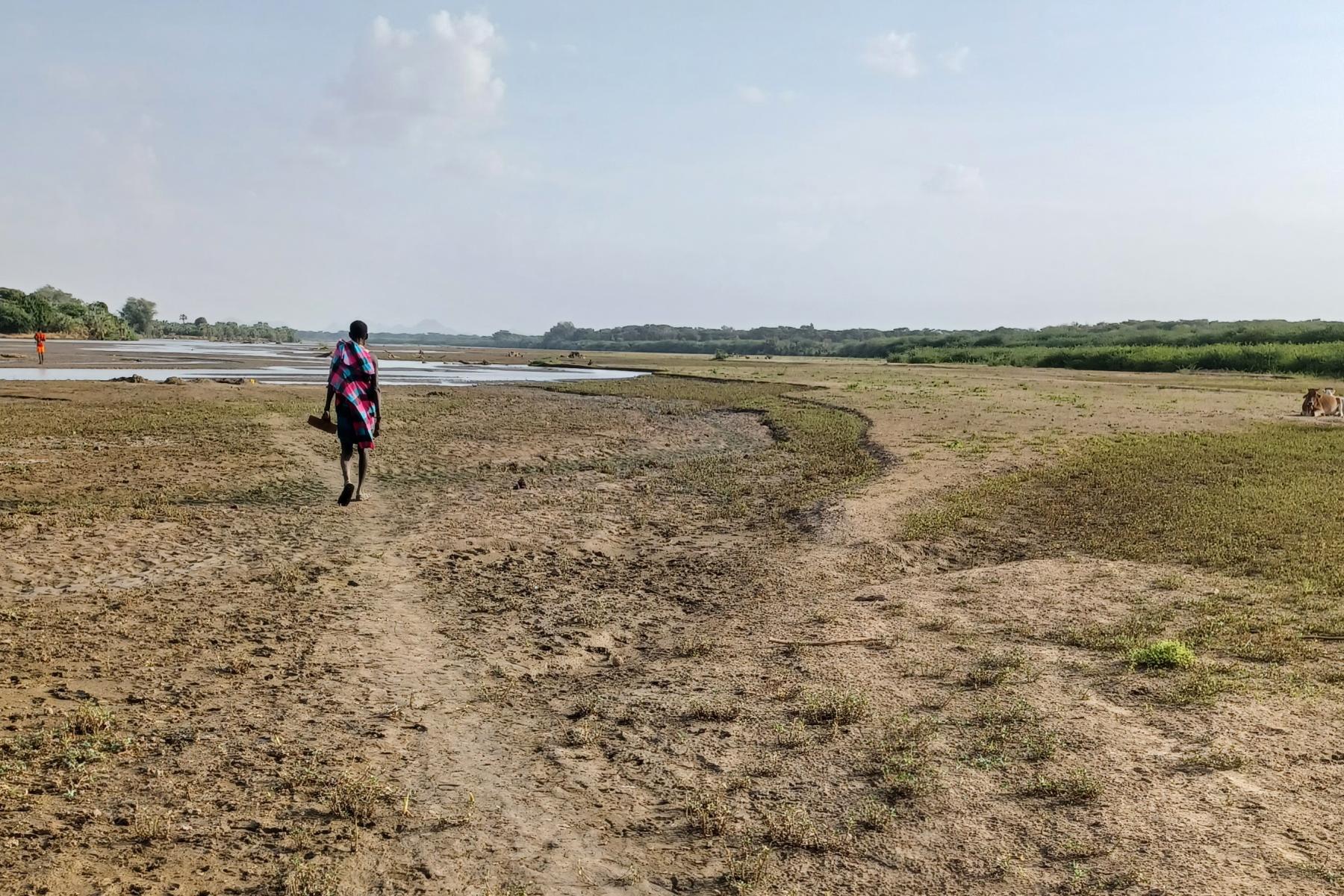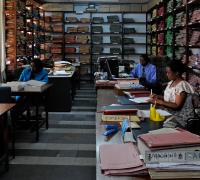African Climate Summit

The African Climate Summit could make a turning point in Africa's ability to speak as a united diplomatic force on the global stage, thereby with the potential to significantly shape forthcoming climate action. The African nations have reached a consensus on the summit's outcomes, including recommendations that address critical aspects of climate finance and global carbon taxation. These recommendations have the potential to initiate a thorough restructuring of the global financial system in the context of climate finance. Ph.D. candidate Judith Mulwa, who is actively engaged in research within the GAP-Program at the Danish Institute for International Studies (DIIS), aspires to contribute to this transformative process. The GAP-Program offers a framework to reevaluate the architecture, highlighting the how, where, and why of global-to-local climate transactions.
The African continent is set to play a more prominent role in international climate diplomacy, a development likely to manifest itself in forthcoming negotiations at the United Nations Climate Summit called COP28 beginning in November later this year.
This are the words provided by PhD-student Judith Mulwa, currently working from the Kenyatta University in Kenya on the GAP-program (Governing Adaptation Finance for Transformation), for whom the first African Climate Summit represents a thrilling acknowledgement of Africa’s potential as a united diplomatic force on climate.
The African Climate Summit took place in early September in Nairobi, hosted by the Kenyan government. The central purpose was to provide a substantive platform for African policymakers, the private sector, academia, and African political leaders, to engage in discussions concerning the increasing threat of climate change and its associated costs – both the economics dimensions, but also the social and human aspects in relation to climate change. The Summit ended on the 6th of September and culminated in the presentation of the Nairobi Declaration, which garnered unanimous agreement among all participating participants.
According to you, what is the most important element of the Nairobi Declaration?
“I think it goes back to the focus of the Summit [Driving Green Growth and Climate Finance Solutions for Africa and the World]. It's green transition and climate financing. So, of course, the two important questions addressed would be how do countries achieve green transition and how do these countries make sure we have the right level of financing? Experiences from countries such as Kenya have documented the green transition as an expensive affair. Although countries are rooting for green transition, there is an emergent need for innovative financing modalities. As long as countries don't have the money to do it or modalities of financing the green transition, then countries are stuck in that loop of just talking about it.
Kenya is a leading African country in advancing green transition. The country is policy heavy. The bigger issue is a deliberate, predictable, and negotiable financing, which is more of a structural issue. To a greater extent, this is why countries, globally, came out at the Summit, and said, you know what, let’s go back to the drawing board and not just talk about the green transition without also talking about this huge bottleneck that we have in developing countries,” says Judith Mulwa.
The 12-page Nairobi Declaration, which can be read here, outlines a set of interesting instruments and recommendations, agreed by the nations of the African continent. The declaration advocates for the establishment of a global carbon taxation regime. This framework encompasses taxes on fossil fuels, maritime transportation, and aviation. Simultaneously, the declaration presents proposals aimed at the reconfiguration of the international financial architecture, with the incorporation of measures designed to assist indebted countries in averting default. Such measures include the incorporation of 'debt pause clauses' and the institution of '10-year grace periods,' as outlined in paragraphs 52 and 57 of the declaration.
“[Paying back debt] has a lot of impact, the burden is actually felt by the vulnerable communities. So, the fact that the global financial architecture is on the table for deliberation would make sure that developing countries can borrow but at the same time able to provide the relevant services to the communities. And that's why the debt pauses, during a crisis such as COVID-19, is one way of making sure that countries that are transitioning to middle-income status, doesn't hurt the economy and in turn, hurt the vulnerable people,’’ says Judith Mulwa and underlines the results of a new report that recalls how minimal climate finance (10%) does not reach the vulnerable groups. This is partly attributed to the financial architecture and the global climate finance architecture.
So where is the money going? Precisely, this is what the GAP-program is dedicated to investigating. It places particular emphasis on the examination of the institutional framework governing the allocation and transmission of climate change financing, tracing its path from the national to the local levels. Equally critical is the examination of the socio-political context and the diverse power dynamics at play on the ground.
“There is a huge disconnect between what is said and what is felt on the ground. So, the climate finance discussion is more of looking at those structural components as to why the money is not getting where it's supposed to be and one way to address this is with the proposals stated in the declaration.
Another important way is understanding the forms and shapes of how climate financing is packaged and what influences the flow of such financing. One model that we are exploring to understand is the G-FLLOCA-model [The Government-Financing Locally led Climate Action Program, the initiative of the Government of Kenya to strengthen local resilience to the impact of climate change]. This model calls for levels of institutions from the national government all the way to the county government and even the community level. Historically, Kenya has one of the best policies as far as climate is concerned. The problem here is not the policies but implementation and monitoring of those policies, linking them to the relevant institutions.”
What factors does the implementation of the declaration depend on?
“Implementation of the declaration is majorly (but not entirely) dependent on the adopted governance structure and subsequent climate priorities of the country. This could be, centralized and/or decentralized. Hence implementation is tied to countries’ specific contexts. Different stakeholders will however have different parts of play regionally and locally. For example, the African Union, as a convener, can be seen as an enforcer on climate actions to African countries. Their role is convening will not stop here. I think it would go till COP 28 and post COP 28. Again as a convener, the AU will be expected to support countries in the development and implementation of their programs by providing technical assistance, technological transfer and advisory.
The next COP 29 meeting in Dubai should be interesting for Africa. In previous COP meetings, Africa presented their concerns in a fragmented fashion. Different countries prioritized their own interests as compared to ‘one’ African voice. So essentially, the Summit is a good idea in compartmentalizing Africa needs on climate and adjacent needs,” concludes Judith Mulwa.
- African Climate Summit will be held biennially in the future.
- A call to the international community to fulfill the commitment made in 2009 at COP15, which entails the obligation of an annual sum of 100 billion dollars in climate finance.
- An appeal for a new global financial architecture, which calls for an establishment of a new global taxation framework, encompassing a carbon tax on the trading of fossil fuels, maritime transportation, aviation, and the implementation of a global financial transaction tax (FTT).
- A proposal to reform the multilateral financial system, aiming to make it easier for countries placed on the African continent to repay debt and borrow money.
DIIS Experts




